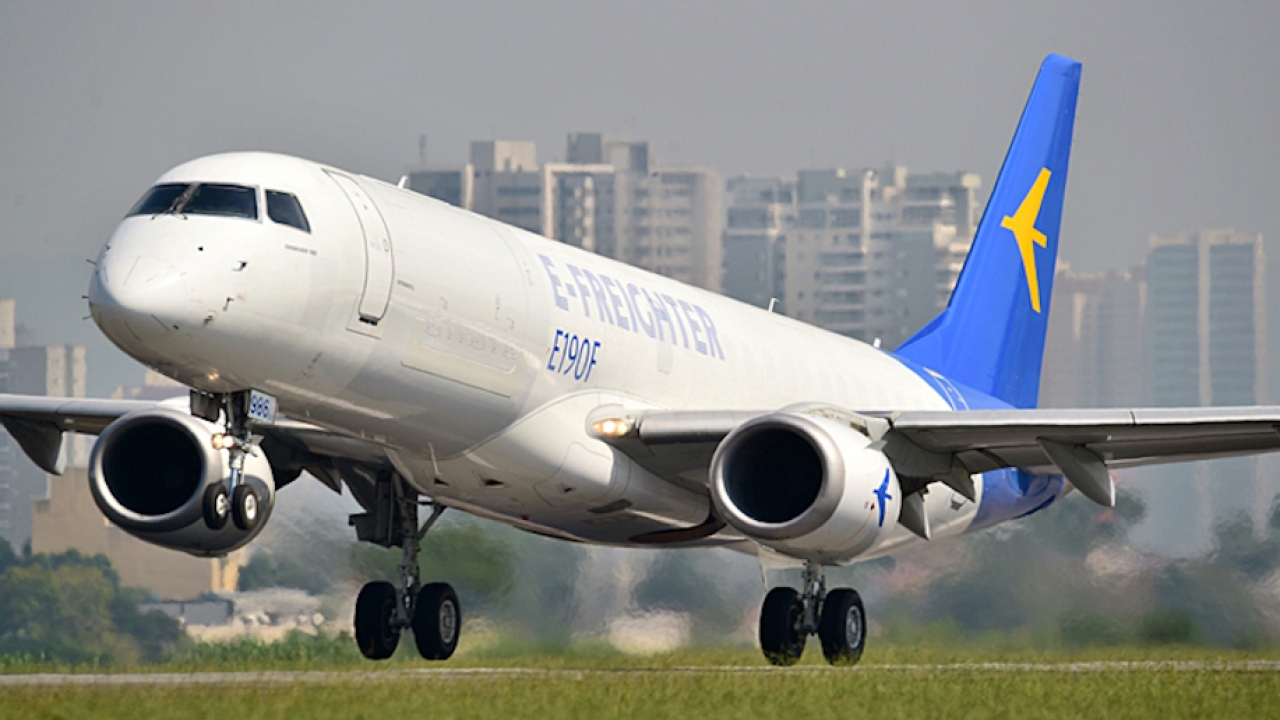New analysis details aviation climate pathways

There are now 20 airlines which have committed to net-zero goals including Royal Air Maroc. Image: WayPoint 2050/Atag
The plan will rely on a significant shift away from fossil fuels, the introduction of radical new technology and continued improvements in operations by the sector.
Executive director of the cross-industry Air Transport Action Group, Michael Gill said: “A decade ago the aviation industry became one of the first to commit to a long-term climate action plan. We are now able to provide detailed analysis of different pathways to achieve the goal of halving net aviation CO2 emissions by 2050 and, with the right support from governments and researchers, be on our way to net-zero emissions a decade or so later.
“We should be under no illusion that the decarbonisation path for aviation is an easy one. Without the ‘off-the-shelf’ technology available to most other parts of the economy, reaching our climate goals is going to be a significant challenge. But our Waypoint 2050 analysis shows that decarbonisation is possible, and in a number of different ways. We now need the commitment from governments, the energy industry, researchers and from the aviation sector itself to make it happen.”
The prospect of new technologies such as radical aircraft designs, electric and hydrogen powered aircraft is factored into the analysis and these are expected to be able to enter the fleet from around 2035-2040 for short-haul flights. Operational improvements such as more efficient air traffic management and better use of existing aircraft play a fundamental early role and help reduce emissions further. Most importantly, the nearly complete shift to sustainable aviation fuels – up to 450-500 million tonnes of this low-carbon energy source – will be required to meet the industry’s climate goal.
“For sustainable aviation fuel in particular, we need support from governments in the next decade to help set the stage for the future of low carbon connectivity. These new fuels are already flying today – over 270,000 commercial flights have taken off so far – but are still a tiny part of our overall fuel mix. We know that we can begin the energy transition away from fossil fuels in earnest, but we need support from governments to do so. Importantly, we know that this new fuel can come from completely sustainable sources and there is enough of it available without impacting on land or water use.”
The analysis released by the industry, alongside work by governments and researchers, will be used to inform United Nations negotiations towards a long-term climate goal for air transport. The aviation industry has encouraged this process, anticipated to be finalised at the next International Civil Aviation Organization Assembly in 2022.
“Air transport is a vital driver of global economic development, social cohesion, family connections and business opportunities. Governments can play a key role in helping to sustain a green recovery for aviation from the Covid-19 crisis and a path towards net zero emissions from air transport. But the next 10 years will set the sustainable aviation agenda out to 2050 and beyond. This is a crucial period,” said Gill
The industry believes that with the right support from governments, net-zero CO2 emissions from global air transport may be achievable by around 2060-2065, but it is likely that some regions will be able to meet this goal earlier with work underway in some parts of the world to identify those roadmaps. A number of individual airlines and companies in the industry have already set themselves net zero targets.
“We are encouraged to see increasing awareness of this important milestone and we urge all parts of the industry to work on accelerating climate action and building sustainability into the heart of their business strategy. However, we recognise that for many parts of the global sector decarbonisation will be a significant stretch and they will need a little more time to make it a reality.”
Stay up to date
Subscribe to the free Times Aerospace newsletter and receive the latest content every week. We'll never share your email address.

